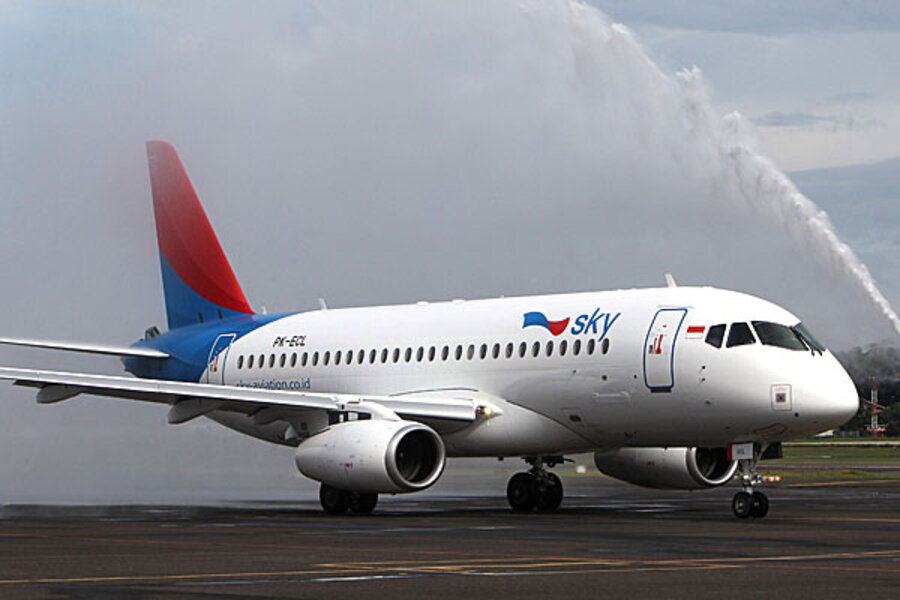Sukhoi superjet: A belly crash during test flight
Loading...
| Moscow
A Sukhoi Superjet made a belly landing during a test flight on Sunday at Iceland's Keflavik airport in Reykjavik, according to a statement by its Russian manufacturer.
The Superjet program hit uncertainty May 2012 after one of its planes crashed in Indonesia during a promotional flight, in which 45 people were killed.
That investigation concluded that the crash was caused by pilot error, not a defect in the aircraft, AvWeb.com reported.
"The crew ignored repeated warnings from the aircraft's systems of the impending terrain conflicts because they thought the alerts were the result of a database problem. In fact, it appears the crew never knew what they hit since they turned off the terrain avoidance functions just before the aircraft, on a demo flight with potential customers, hit Mt. Salak. According to The Associated Press, cockpit voice recordings show the captain of the aircraft was chatting with a potential customer as the aircraft hit the mountain."
At the final stage of a test flight to evaluate the Sukhoi Superjet 100's automatic landing system on Sunday, the aircraft "touched the runway with retracted landing gear," Sukhoi Civil Aircraft said in a statement.
One certification center expert injured his leg during evacuation, but the other four people aboard were unharmed, the statement said.
Sukhoi is currently looking at debt restructuring options to support the Superjet program, which it expects to break even in 2015.
Sukhoi is part of state-owned United Aircraft Corp, an umbrella corporation Russian President Vladimir Putin created in 2006 to revive the country's aircraft industry in partnership with Italy's Finmeccanica.
Sukhoi Civil Aircraft is 75 percent minus one share owned by Sukhoi, which also makes military aircraft, and 25 percent plus one share owned by Alenia, a unit of Finmeccanica.
As The Christian Science Monitor reported: "The SuperJet is a medium-range 100-seat airliner whose $35 million price tag makes it the ideal replacement for hundreds of aging Soviet-era planes on Russia's myriad of far-flung regional routes. It is also greatly hoped that the new plane will pull Russia's depressed and scandal-ridden aviation industry into the 21st century by succeeding on international markets against competitors like the Canadian Bombardier Inc. and the Brazilian Embraer SA."
(Reporting By Megan Davies; Editing by Nick Zieminski)







